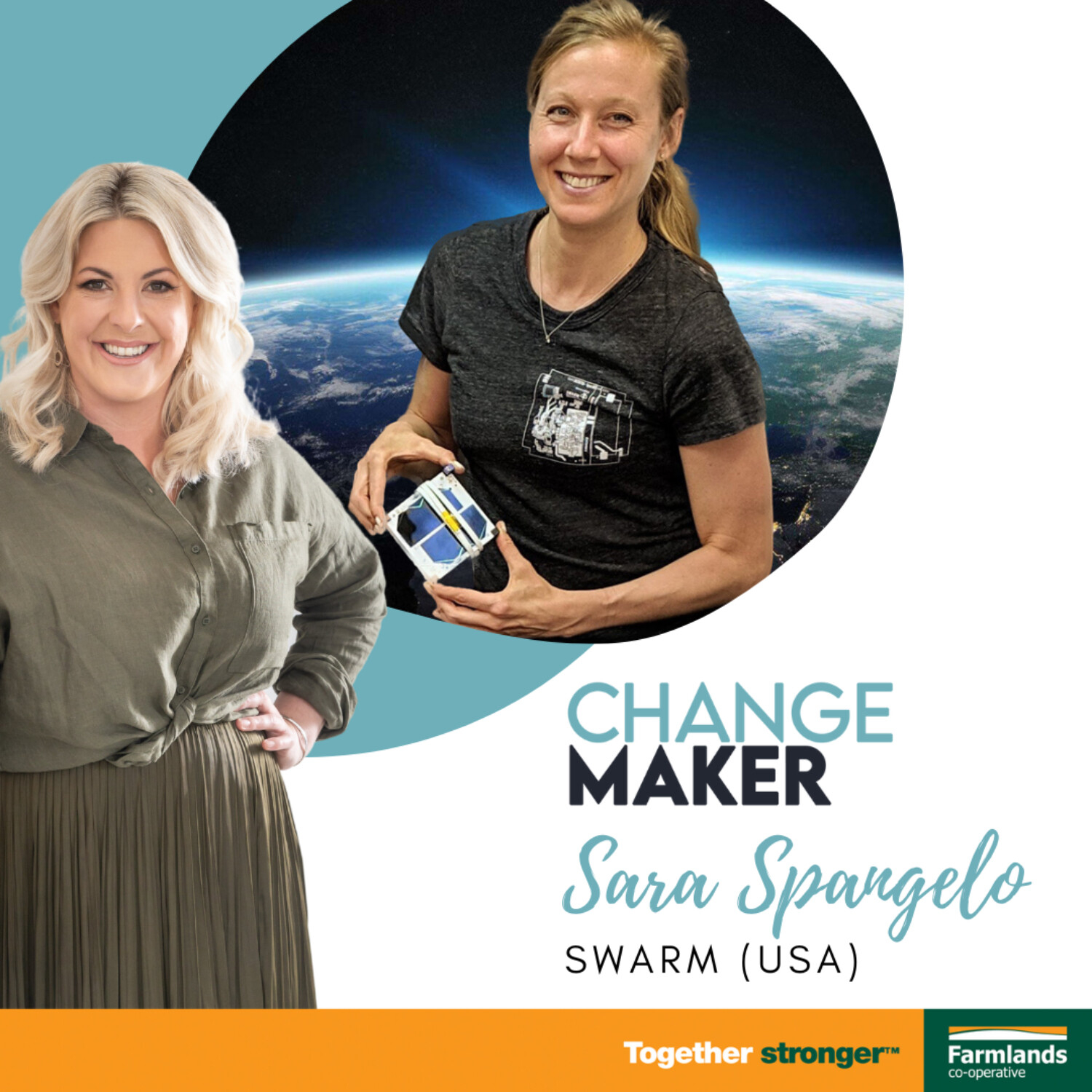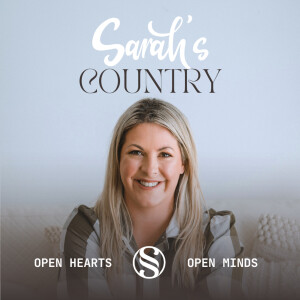
No cell coverage on-farm? Low-cost satellites swarm NZ I Sara Spangelo, Swarm
 2021-09-27
2021-09-27
From farm to fork, food is the least digitized supply chain. However, with the recent advances in artificial intelligence, machine learning, and big data analytics, and for the first time in human history, it’s now practical to digitize agriculture and its supply chain.
The billion-dollar space race is allowing connectivity to sensors like never before which will transform how we collect data in areas without cellphone coverage.
This week's Change Maker is Dr. Sara Spangelo, Founder & CEO of Swarm who are rumored to have just sold their company to Elon Musk's SpaceX, about how New Zealand is leading the pack in buying up low-cost satellite technology.
Rural connectivity in New Zealand, but also globally, is renowned for being unreliable and frequently nonexistent. Ground-based network solutions like cellular and point-to-point networks have limited range, where their signals only travel a few dozens of kilometers. But then satellite has been really expensive, until now. Swarm created the world’s tiniest satellites in orbit which you can purchase a small compact low-power tile to collect data from any sensor.
"There are so many wonderful companies in New Zealand doing agriculture and IoT. New Zealand is the one country that we have sold the most devices so far. There is a huge interest because you are forward-thinking towards innovation and technology," Sara Spangelo, Swarm
By deploying internet-connected sensors and robotics into the field data can be continuously collected to monitor crop and soil health, detect pests, and automate tasks like irrigation, fertilizing, and harvesting.
Growers can now make data-informed decisions about production to optimize for profitability and market-driven volume. These technologies also significantly reduce the waste of precious resources like water.
Dr. Sara Spangelo worked on small satellites and autonomous aircraft at the University of Michigan and was a lead systems engineer at both NASA’s Jet Propulsion Lab (JPL) and Google X. She holds a Ph.D. in Aerospace Engineering from the University of Michigan and in 2017 was a Top 32 Canadian astronaut candidate.
For more information on how Swarm is being used in agriculture, visit https://swarm.space/applications/agriculture
More Episodes
Create your
podcast in
minutes
- Full-featured podcast site
- Unlimited storage and bandwidth
- Comprehensive podcast stats
- Distribute to Apple Podcasts, Spotify, and more
- Make money with your podcast
It is Free
- Privacy Policy
- Cookie Policy
- Terms of Use
- Consent Preferences
- Copyright © 2015-2024 Podbean.com






